Citizenship Spanish Spouse Dolores Moya (m. 1911) Role Physician | Name Gregorio Maranon Nationality Spanish Children Gregorio Maranon Moya | |
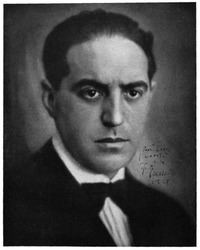 | ||
Fields EndocrinologyPsychologyHistorical essay Books Tiberius, The Liberal in the Looking-glass, Vision de Cristobal Colon, Antonio Perez, "Spanish traitor." Grandchildren Gregorio Maranon y Bertran de Lis | ||
Investidura como Doctor Honoris Causa del Excmo. Sr. D. Gregorio Marañón
Gregorio Marañón y Posadillo (19 May 1887 in Madrid – 27 March 1960 in Madrid) was a Spanish physician, scientist, historian, writer and philosopher. He married Dolores Moya in 1911, and they had four children (Carmen, Belén, María Isabel and Gregorio).
Contents
- Investidura como Doctor Honoris Causa del Excmo Sr D Gregorio Maran
- Medicina promocion 2009 2015 ucm hospital gregorio maranon
- Books
- References
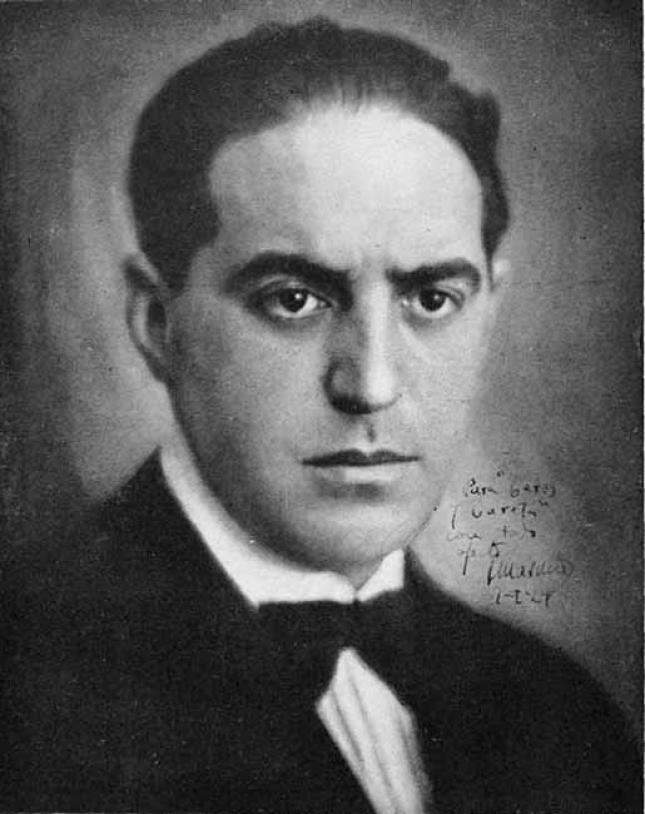
An austere, humanist and liberal man, he is considered one of the most brilliant Spanish intellectuals of the 20th century. He also stands out for his elegant literary style. He was a Republican and fought the Miguel Primo de Rivera dictatorship but later showed his disagreement with Spanish communism.
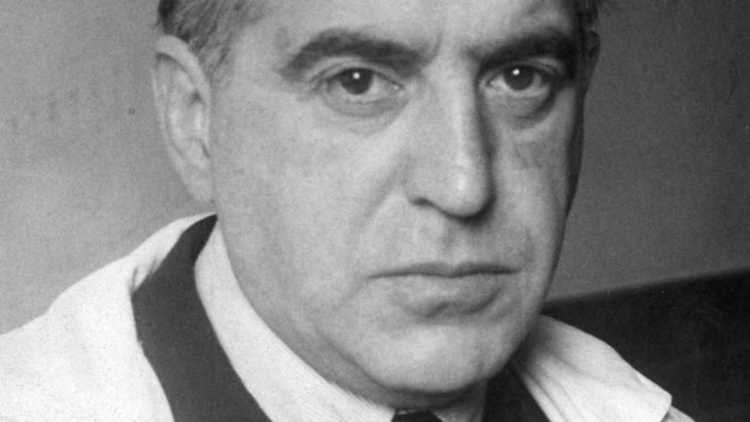
He was the son of a jurist, but his mother died when he was three years old. He grew up as an avid reader and learned English, French and German. From a very early age, he was in contact with the intellectual circles of the time from his father's friendships with José María de Pereda, Alfredo Vicenti, Marcelino Menéndez Pelayo and Benito Perez Galdós, among others.
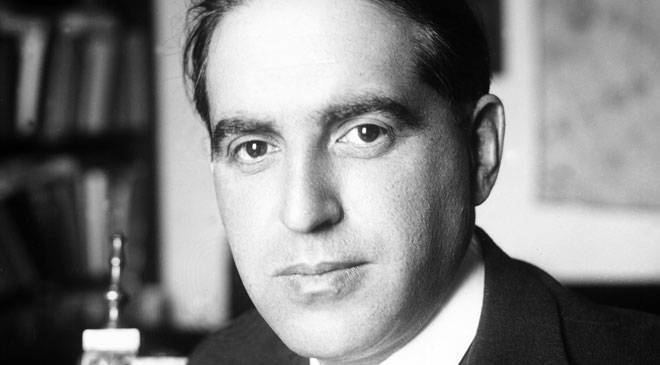
Marañón accompanied young king Alfonso XIII during the royal visit to the backward region of Las Hurdes in 1922.
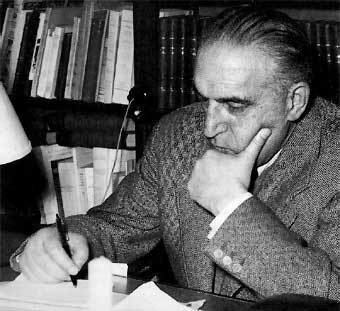
In medical school, he had five great teachers: Federico Olóriz Aguilera, Santiago Ramón y Cajal, Juan Madinaveitia, Manuel Alonso Sañudo and Alejandro San Martín y Satrústegui. He specialized in endocrinology and became professor of that specialty in Complutense University in Madrid since 1931. He was also a member of the International Society for the History of Medicine. Marañón founded the Institute of Medical Pathology and was president of the Institute of Experimental Endocrinology and the Centre of Biological Research. He contributed to establish a relationship between psychology and endocrinology.
